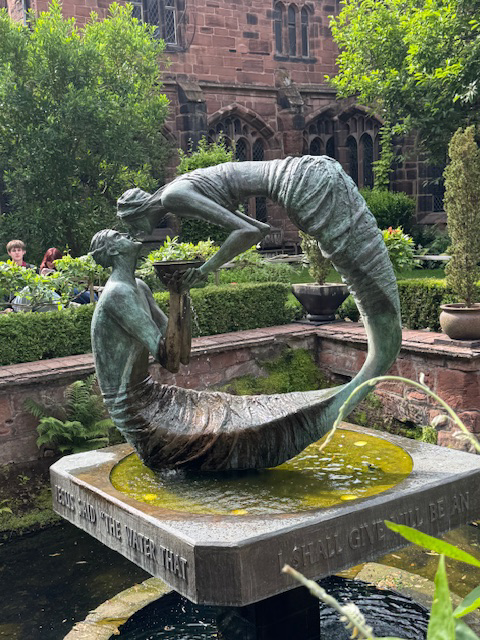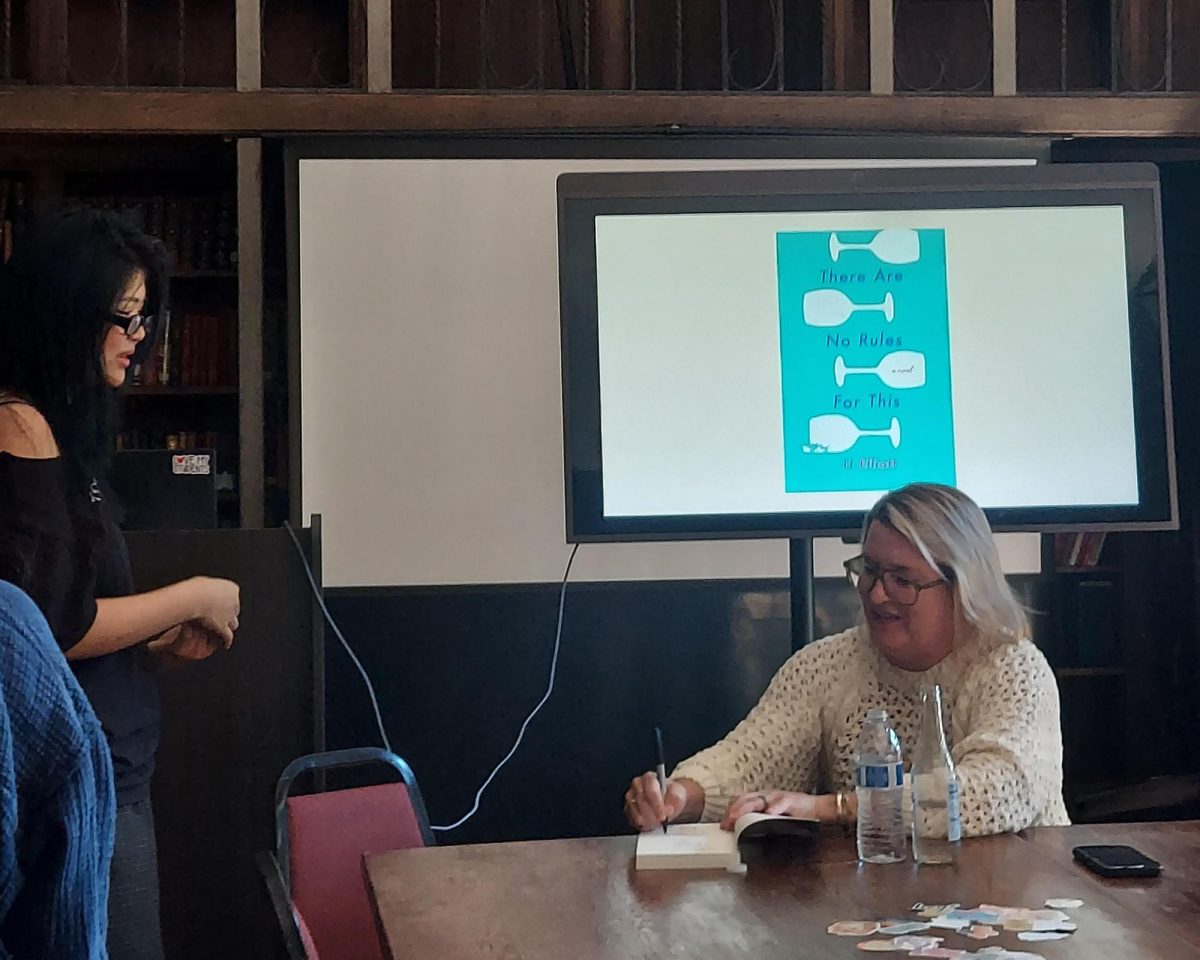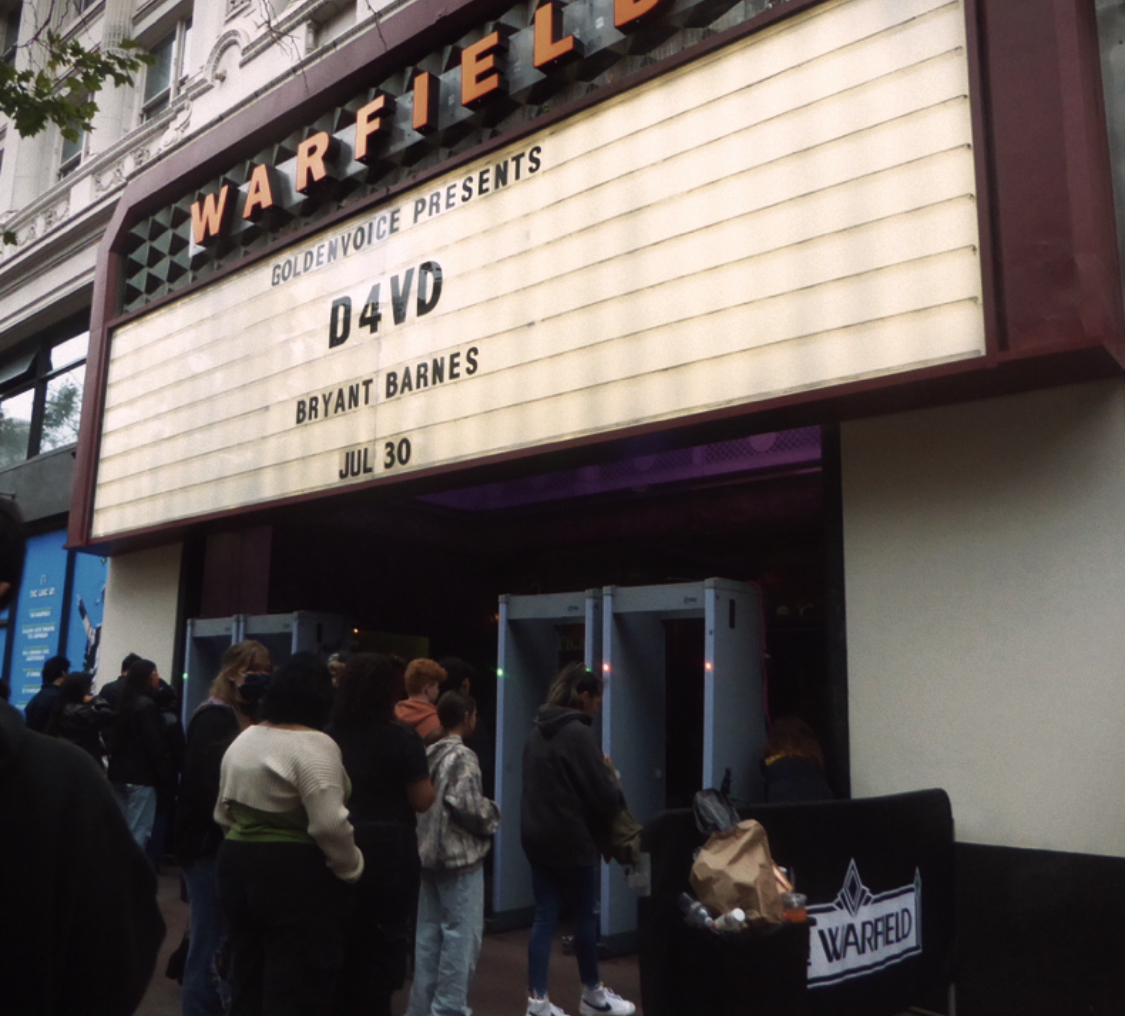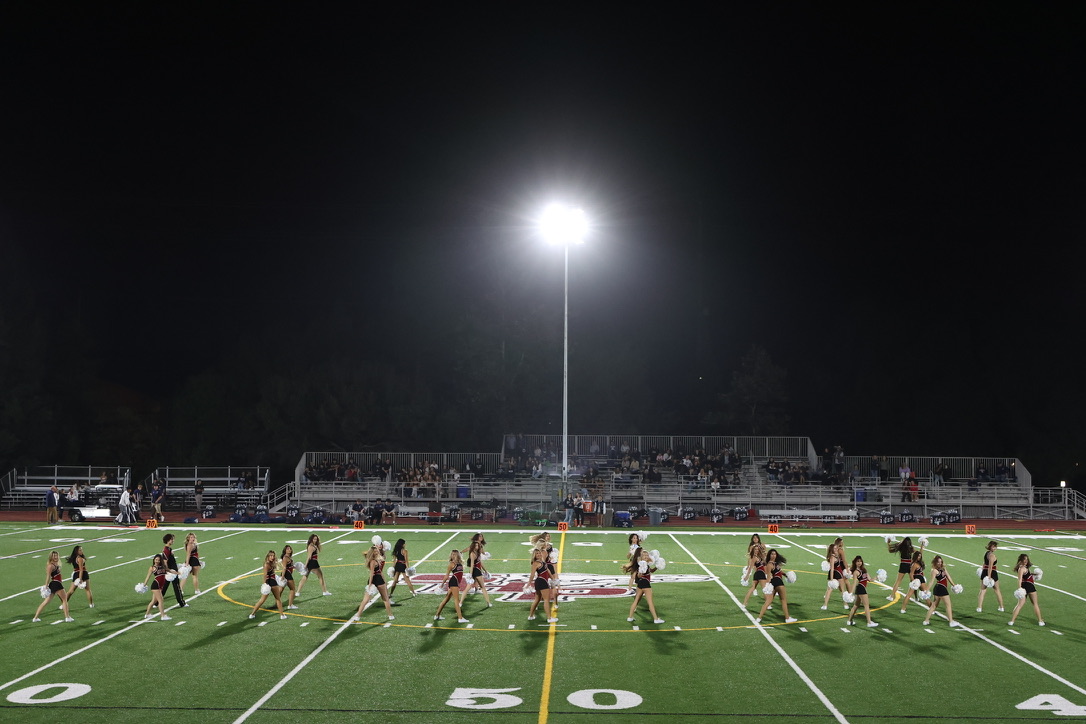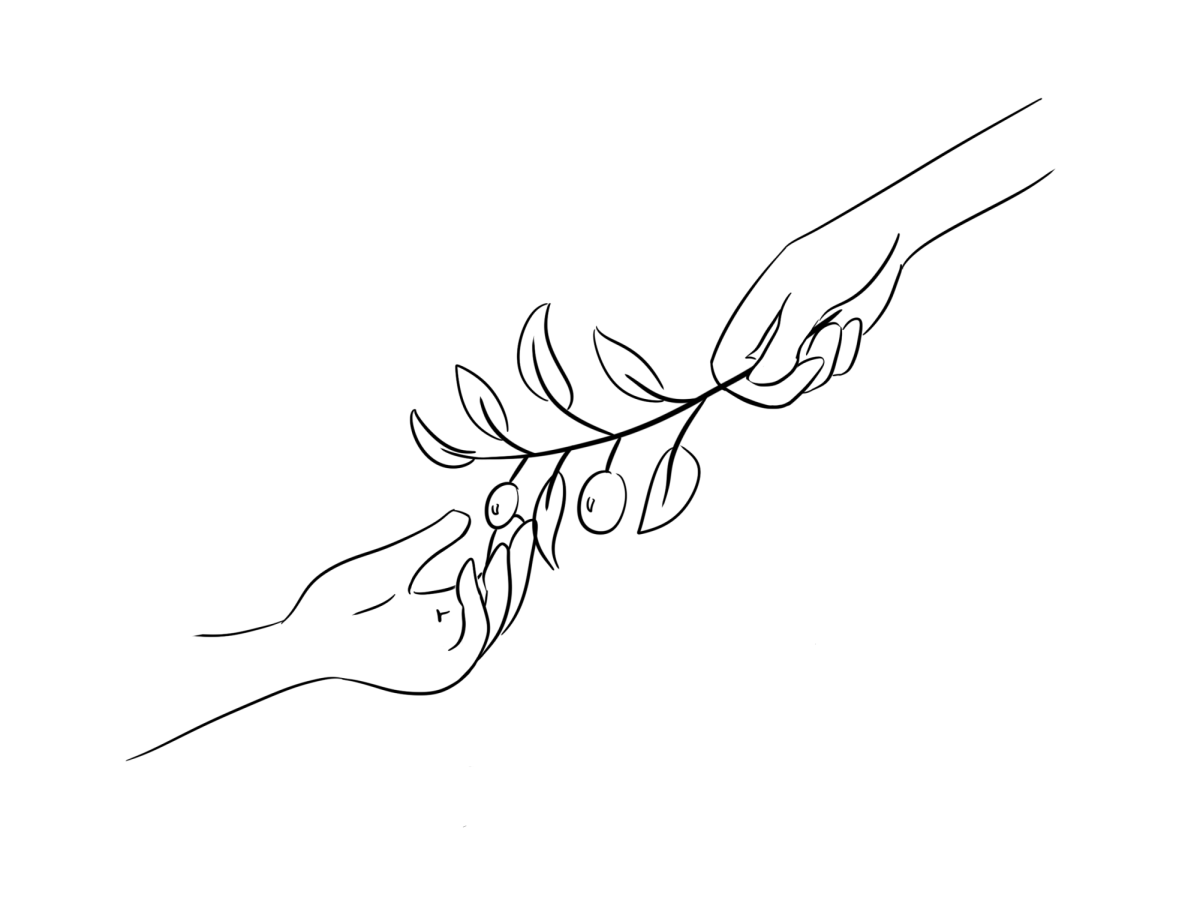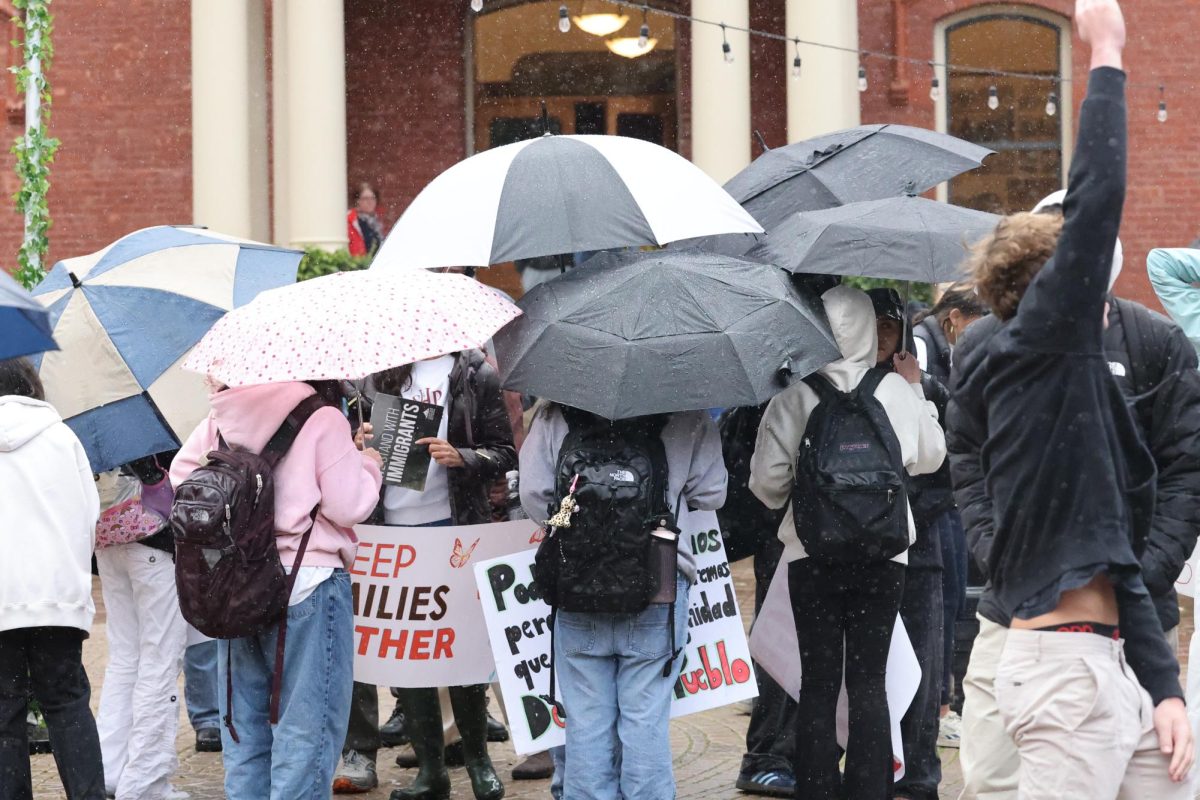Walking into a cathedral means more than just entering a building of worship—it is to revel in centuries of human devotion, sacrifice, and appreciation, an architectural testament to the monumental patience it takes to create something truly grand, in both stature and significance.
The first cathedrals date back to the 4th-century, appearing across Europe, most notably throughout Italy, Spain, and North Africa. The strikingly distinct Gothic style we associate with them, however, did not emerge until the mid-12th to 16th-centuries in France, later splitting off into a multitude of new stylistic variations before the Church chose to adapt a more simplistic design during the rise of the Renaissance era. Cathedrals are examples of some of the most long-standing and socially recognizable displays of religious art and expression today. They not only represent generations of Christian history and culture, reflected in their complex physical structures and add-ons, but also reveal humanity’s timeless desire to authentically connect with God in the best way we can understand — through the beauty and act of creation, in this case, through artistic craftsmanship, and for attendees, their reflective qualities and broader symbolism.
While many people may not think to dedicate their summer travels to seeing cathedrals, AP Literature and Latin teacher Mr. William Bonnell did exactly that, visiting 19 Anglican cathedrals in England in the span of four weeks. “If you go inside a Gothic church, there’s a sense of a contained infinitude that is vast, but there is a kind of comforting limit to this vastness,” Bonnell explained. Designed to emphasize open space and light, in addition to the trademark pointed arches and elaborate, tangling tracery, they are “awe-inspiring without being overwhelming. And that is the beauty of the verticality of the Gothic style. So it has that emotional, spiritual impact.” The architecture is purposeful, placing the built in relation to its person. Often attending mass three times a day, Bonnell highlighted the importance of music in creating a harmonious and reflective space: “In the Middle Ages, the monks worshiped in choir that was facing each other, and the acoustics were such that they could hear one another. So it is the architecture [that] enhances the worship, makes it contained and gives you that fullness of sound, [and] in the aisles, created spaced for processions. It’s the church in movement — with color, banners, prayers, and singing.” Therefore, cathedrals are inherently built in such a way that amplifies sound and voice to shape a mutual acknowledgement between peoples which “[in] itself gives life to the worship.”
Cathedrals, though definitely a more concrete, traditional form of religious art, are not realistically exposed to us in our everyday lives. If one is looking to find this same experience in modern religious art, how might it be located in everyday settings, or is it simply a thing of the past? One lesser-known institution, Saint Louis University’s Museum of Contemporary Religious Art (MOCRA), wishes to serve as an outlet for its community members and as the answer to this very question. MOCRA, founded in 1993, describes itself on Saint Louis University’s website as “the first museum in the world dedicated to exploring the religious and spiritual dimensions of contemporary art” and holds 230 artists’ work from diverse worldscopes and backgrounds, including abstract paintings, sculptures, photography, and big-scale mixed media pieces. As beneficial as this seems for fostering active conversation, it has never received much attention, mainly attracting already on-campus students with insider knowledge. For this reason, along with budgeting issues, MOCRA is unfortunately set to close in May 2026, one less available source for a fading art focus. Art mimics life, and this closing exemplifies just that: art’s need to keep up with American society’s shifting values in order to maintain relevancy in the public eye.
In 1999, Pope John Paul II published his series of writings “Letters to Artists,” in which he states in part four, titled “The artist and the common good,” that “society needs artists, just as it needs scientists, technicians, workers, professional people, witnesses of the faith, teachers, fathers and mothers, who ensure the growth of the person and the development of the community by means of that supreme art form which is ‘the art of education.’” John Paul II confirms the value in creation, regardless of whether one identifies as explicitly Christian, in order to live out our intended purpose, as well as bring about positive change. Sacred Heart’s new Studio Art teacher, Mr. Brendon Metcalf, expands on this idea from both his religious and artistic perspectives. “Before this, I taught at a private Catholic school in San Francisco,” he recalled. “I think it would be beneficial if religion was reintroduced into [mainstream art media]. I still think there are elements of religion in art, but predominantly, I would say art nowadays is very commercial.” Which isn’t always a negative thing, he clarified. Especially in today’s economy, as an artist and based in San Francisco, one does what they need to in order to survive and make a living. But bringing Christian theology into his teaching philosophy is important, Metcalf believes, to communicate that everybody, in their work and ideas, has value and potential to harness. In a time where artists “constantly have to just put out more and more and more” for the sake of quickness and consistency over meaningful creations as well as with the advancements of AI, we can use these religious values and mindset “to go back to appreciating the beauty of human made items, [and] help to find what methods work for others through example.”
So, while it may be hard to discover concrete pieces of religious art today, we can still bring a similar mindset to our everyday lives by encouraging artists to be faithful and confident in their own purpose—whether that be found through the gift of contemplating medieval cathedrals first-hand, or simply stopping to reflect on the painted mural on a busy city street.


